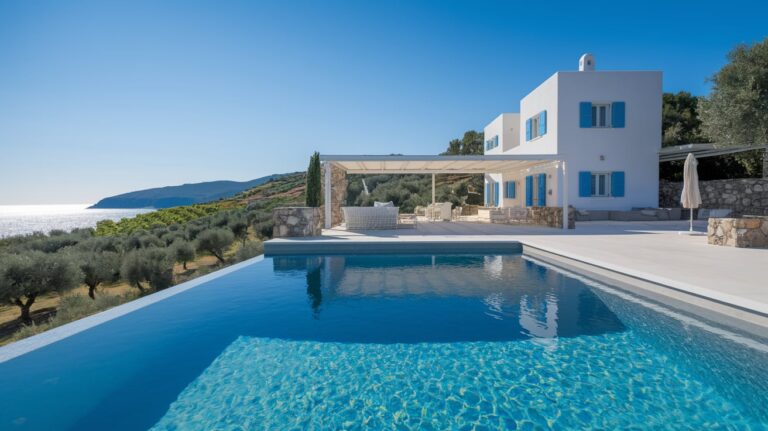
heart background
Incorporating heart backgrounds into modern graphics has become a creative way to express love, affection, and connection through visual art. Whether you are designing for personal projects, social media posts, or professional branding, heart background are versatile elements that add a layer of warmth and emotional appeal. The heart symbol, universally associated with love, passion, and emotion, is a powerful tool in graphic design that can evoke feelings and connect with audiences on a deeper level. This article will explore how to incorporate heart background into your designs, ensuring your projects are visually engaging and emotionally resonant.
The Power of Heart Symbolism in Design
Before diving into the technical aspects of incorporating heart background, it’s essential to understand why hearts are so powerful in design. The heart symbol has transcended time and culture as the global representation of love, compassion, and empathy. It holds deep emotional value and instantly communicates feelings of kindness, warmth, and joy. Because of this, heart background are often used in designs related to romance, kindness campaigns, social causes, and celebratory events like Valentine’s Day.
In modern graphics, the heart is no longer just a simple symbol but a multifaceted element that can be adapted to various styles, colour schemes, and contexts. Whether you’re working on a website, a marketing campaign, or a personal graphic, heart backgrounds can bring a sense of unity, connection, and warmth.
Why Use Heart Backgrounds in Modern Graphic Design?

Heart backgrounds can be incorporated into various design projects for several reasons:
- Evoking Emotions: Heart backgrounds uniquely evoke emotions in viewers, especially love and compassion. These feelings are universal, making heart imagery relatable to a broad audience.
- Aesthetic Appeal: A well-designed heart background can serve as an eye-catching visual element that elevates the aesthetic quality of your work. With numerous design possibilities, from minimalist to vibrant and bold styles, heart backgrounds offer diverse options to suit different themes.
- Versatility: Hearts can be integrated into various graphics, from websites and social media posts to marketing materials and event invitations. Depending on the desired effect, they can be subtle or prominent.
- Brand Identity: For brands, heart backgrounds can serve as a visual cue for messages related to care, connection, and empathy. This can be particularly beneficial for health, charity, or lifestyle brands.
Ways to Incorporate Heart Backgrounds Into Modern Graphics
There are numerous ways to incorporate heart backgrounds into modern graphics. The key is to adapt the design to suit the specific message and style you want to convey. Here are several techniques and creative approaches to consider:
Minimalist Heart Backgrounds
Sometimes, less is more. A minimalist heart background uses subtle heart shapes, soft gradients, or abstract symbols to create a clean, elegant design. This type of background works well for professional websites, corporate brochures, or any design project that requires an understated but emotionally engaging touch. Use soft colours like pastels or shades of pink, red, and white to give it a gentle, refined feel.
Tip: A faint, repeated heart pattern or a single, soft heart at the centre of the design can provide the right emotional impact without overwhelming the viewer.
Bold and Vibrant Heart Backgrounds
For designs that require more energy and attention, bold and vibrant heart backgrounds can make a statement. You can experiment with bright, contrasting colours or dynamic gradients to create a striking background. This works well for social media posts, event invitations, or ads to capture attention and stir excitement.
Tip: Combine contrasting colours such as red and black or pink and gold to make the heart background pop. You can also use multiple layers of hearts in different sizes to create a sense of movement and depth.
Textured Heart Backgrounds
Textured heart backgrounds add dimension and tactile quality to your designs. These can be created using paintbrush strokes, watercolour effects, or fabric textures. Textures give heart backgrounds a handmade or artistic vibe, making them perfect for creative, whimsical, or artisanal designs.
Tip: For a unique twist, use heart-shaped patterns with subtle textures like grunge, linen, or watercolour to give the background an organic feel. This is ideal for blogs, art galleries, or websites focusing on handmade or personal products.
Geometric Heart Backgrounds
Incorporating geometric shapes with heart symbols can give your background a modern and contemporary feel. When used alongside heart shapes, geometric patterns, like triangles, hexagons, and squares, can bring balance and structure to the design. This combination works well for more avant-garde designs, tech companies, or websites focused on design and innovation.
Tip: Play with transparency and overlapping heart shapes with geometric elements to create a layered, 3D effect. Adjusting opacity levels can also keep the focus on the heart while maintaining an edgy, modern aesthetic.
Heart Backgrounds with Gradients
Gradient heart backgrounds are potent tools for smooth transitions between colors while maintaining the heart’s emotional symbolism. They can be used in various settings, such as websites, social media banners, or greeting cards, to create a visually appealing and calming effect.
Tip: Experiment with colour schemes, such as soft pinks blending into purples or reds transitioning into gold or silver. This smooth blend of colours can evoke a sense of peace, romance, and elegance.
Transparent or Overlay Heart Backgrounds
Sometimes, you may want to keep the focus on the content while still subtly incorporating a heart background. Transparent or overlay heart backgrounds allow you to add a visual layer behind your text, ensuring the heart motif doesn’t distract from the content. These are ideal for business cards, invitations, and websites where clarity and legibility are paramount.
Tip: Use a semi-transparent heart pattern in the background so it remains subtle but still contributes to the overall design.
Animated Heart Backgrounds
Incorporating animation into your heart backgrounds can take your design to the next level. Moving hearts, pulsing animations, or hearts that slowly fade in and out can add a dynamic, playful element to your project. These backgrounds work particularly well on websites, apps, or social media posts where engagement is key.
Tip: Use gentle animations, such as hearts gently bouncing or fading, to keep the focus on the content while adding some movement to engage the viewer.
Best Tools to Create Heart Backgrounds
Thanks to various digital tools and platforms, creating heart backgrounds has never been easier. Here are some of the best tools to help you design stunning heart backgrounds:
- Adobe Photoshop: Known for its powerful image manipulation capabilities, Photoshop allows you to create intricate heart backgrounds using layers, gradients, and custom brushes.
- Canva: Ideal for beginners, Canva offers templates and design elements that you can customize with heart backgrounds. These are perfect for social media posts, invitations, and more.
- Procreate: For those using iPads, Procreate is an excellent tool for drawing and painting heart-themed backgrounds with precision.
- Illustrator: If you want to create vector-based heart designs, Adobe Illustrator is the perfect tool for creating scalable, clean heart patterns.
- Figma: Figma is an excellent tool for collaborative design. It lets you easily generate heart backgrounds in web and app design projects.
How to Optimize Heart Backgrounds for Various Platforms
Different platforms may require specific dimensions and design approaches for optimal viewing. Here are a few tips on optimizing heart backgrounds:
- Social Media Posts: Ensure your heart background is designed with the correct aspect ratio for platforms like Instagram, Facebook, and Twitter. Square (1080×1080 px) or portrait (1080×1350 px) formats work best.
- Websites: Ensure your heart background is responsive and scales appropriately across different devices. Use high-resolution images to maintain visual quality, especially on retina displays.
- Print: When designing heart backgrounds for print, ensure the design is in CMYK color mode, and use high-quality images (at least 300 DPI).
Conclusion
Incorporating heart backgrounds into modern graphics allows you to tap into the universal language of love and emotion. Whether creating a subtle, minimalist design or a bold, vibrant background, heart symbols bring a unique emotional depth to your work. By experimenting with different styles, textures, and colour schemes, you can create dynamic and visually appealing designs that connect with your audience. With the right tools and techniques, incorporating heart backgrounds can elevate your graphics and make your projects resonate on a personal level.
FAQs
What is the significance of using heart backgrounds in design?
Heart backgrounds symbolize love, affection, and connection, making them ideal for projects related to romance, empathy, or social causes.
How do I create a minimalist heart background?
A minimalist heart background uses subtle shapes, soft colours, and simple design elements. With a limited colour palette, you can use a single heart or a faint repeated pattern.
Can I use heart backgrounds for business branding?
Yes, heart backgrounds can convey warmth and care, making them suitable for businesses in sectors like healthcare, wellness, and lifestyle.
What tools are best for creating heart backgrounds?
Popular tools include Adobe Photoshop, Canva, Procreate, Illustrator, and Figma. These platforms allow you to create both simple and complex heart designs.
How can I make my heart background stand out without overpowering the content?
Use subtle transparency, light textures, or geometric patterns that incorporate hearts without drawing too much attention away from the primary content.
You May Also Read: https://bunkralbum.co.uk/these-stones/






